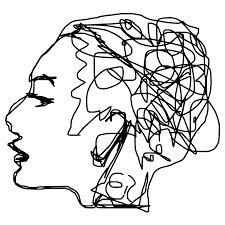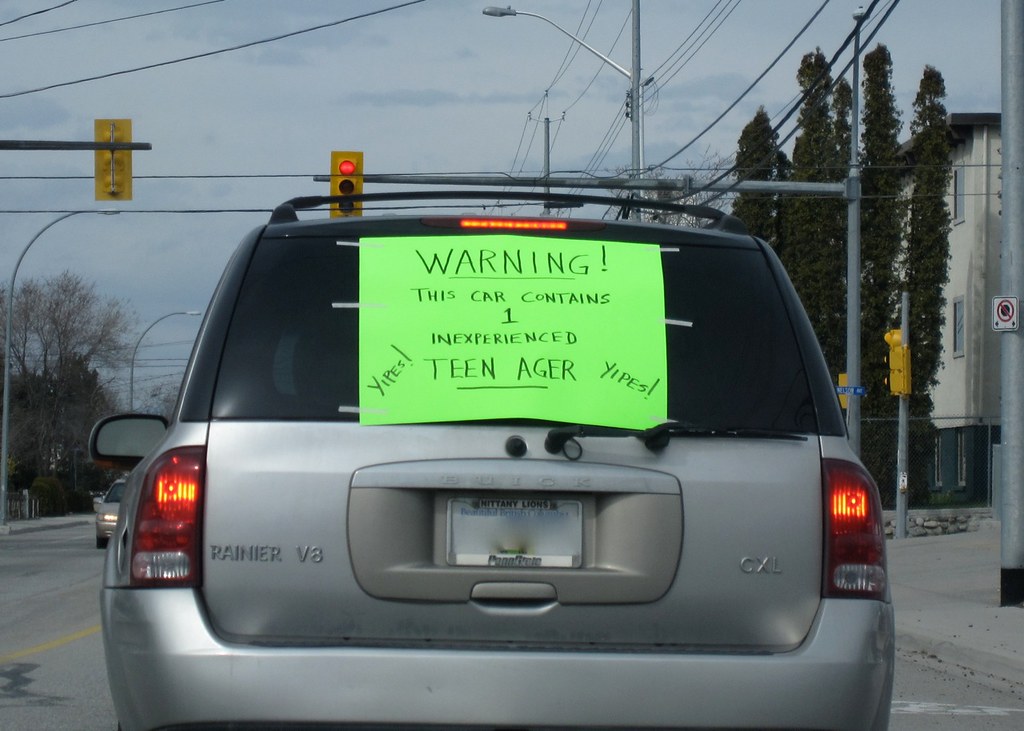
Notebook papers ruffle, pencil sharpeners whir, doors abruptly open and slam shut, and kids yell across the room to one another–the average high school classroom before class begins. But amidst the chaos is a typically forgotten figure, a lone individual waiting patiently and silently, prepared and focused: the introvert.
Who are introverts? They are people who tend to focus on inward feelings or thoughts instead of their external environments. According to the Virginia Association for the Gifted, introverts tend to be most comfortable alone, desire private time and space, concentrate deeply and communicate best one-on-one or in small groups, while their opposites, extroverts, tend to draw energy from large groups of people, are highly social and engage in many interest areas and create many fluid relationships. Ambiverts fall in the middle of spectrum; they display characteristics of both introverts and extroverts.
Now, it is useful to be abstractly aware of personality traits but understanding personality types is also very applicable to the high school environment because an individual’s tendency towards introversion or extroversion also affects their learning style. Introverts are more likely to prefer working individually and extroverts probably prefer large discussions and group projects. With that being said, it seems as if American high schools increasingly favor social activities, thereby favoring extroverts. Outspoken individuals may be seen as more capable of asserting leadership, and therefore may seem more successful. Extroverts are rewarded with more “participation points” and are therefore favored by teachers.
Just take a look inside any humanities or language classroom: there is a good chance a class discussion is taking place. Class wide discussions and group projects or presentations are very common, so a large number of points can be based on participation. On top of that, many colleges still require recommendations from teachers, who tend to favor students who speak up consistently in class and have open conversations with the teacher. That bias is unavoidable–with a classroom of forty students and a roster of 180, how is a teacher supposed to get to know his or her students if they do not speak up? Each of these examples favors an individual who thrives in high energy environments with large numbers of people.
It is unfair, really, because according to the Gifted Development Center, thirty percent of the general population consists of introverts, and sixty percent of gifted children are introverts as well. If the majority of gifted children are introverts, how does an unfitting learning environment affect them? Well, it creates and attaches negative stigmas to introversion and unconsciously devalues traits that are not associated with extroversion. In an environment that places participation in high regard, students who do not participate frequently are viewed as incompetent, shy or abnormal, all traits which negatively affect others’ perception of that individual. Introverted students are also subconsciously told that their abilities are worth less than those of extroverts. Capabilities such as writing, reading, thinking before acting and painting are constantly devalued in favor of skills like public speaking and quickly responding, even though both sets of abilities are equally important.
With introverts raised in such an environment, it would not be a surprise if many felt insecure in the classroom. Of course, these introverts do not want to ask questions in front of the whole class. Speaking aloud is outside of their comfort zone, and past experiences tell them that they are inferior to extroverts for being less at ease when speaking in front of large groups. Sure, socializing is important, but so is an education system that does not put thirty percent of the student population in discomfort.
For introverted teenagers trying to discover their identities, it is difficult to be true to themselves when the place they spend seven hours a day, five days a week, tells them to be someone they are not. To make the high school environment more comfortable for introverts, teachers should try to select class activities that benefit the entire spectrum of personality types, like activities in groups of two to three. We, as students, should recognize that not everyone thinks exactly the way we do or enjoys the same activities as us. We should celebrate our differences; after all, if we were all identical carbon copies of each other, none of us would be special.
By CHRISTINE SMET
Staff Writer
Categories:
Introversion and Extroversion bias
April 1, 2014
0
Donate to Sword & Shield
$180
$1000
Contributed
Our Goal
Your donation will support the student journalists of University High School. Your contribution will allow us to purchase equipment and cover our annual website hosting costs.








